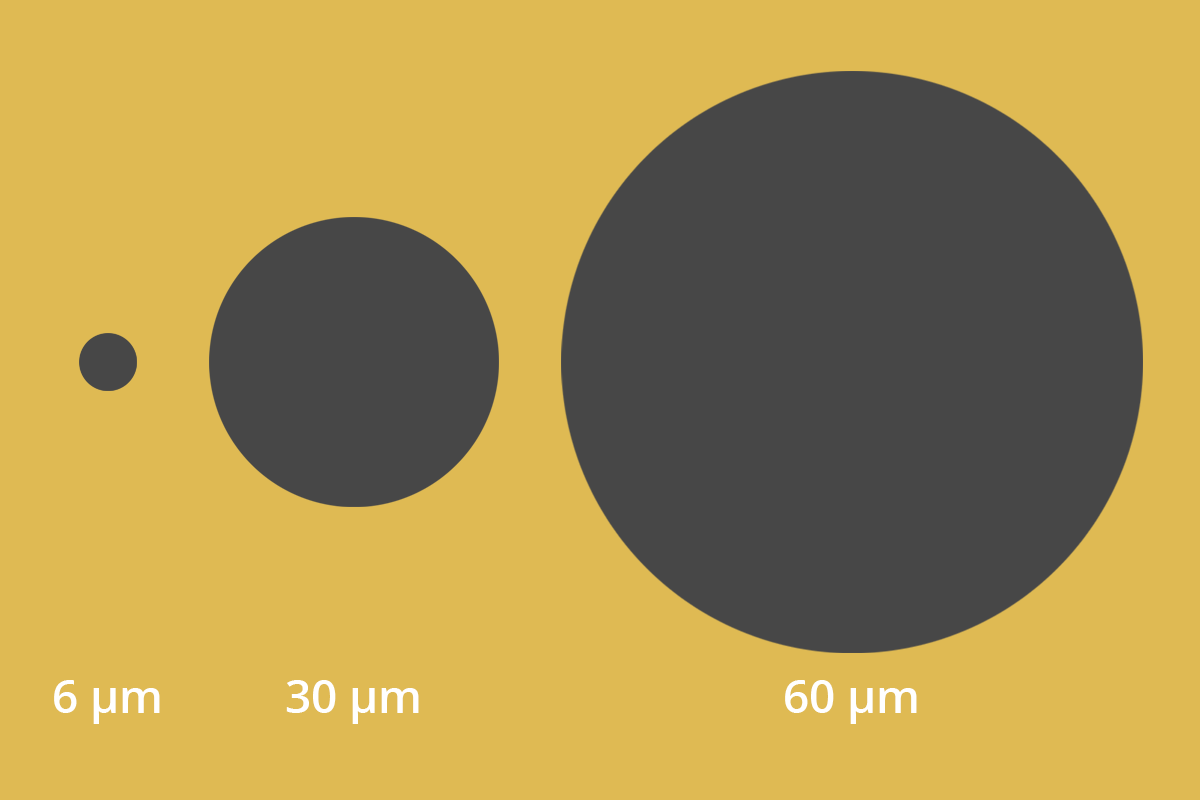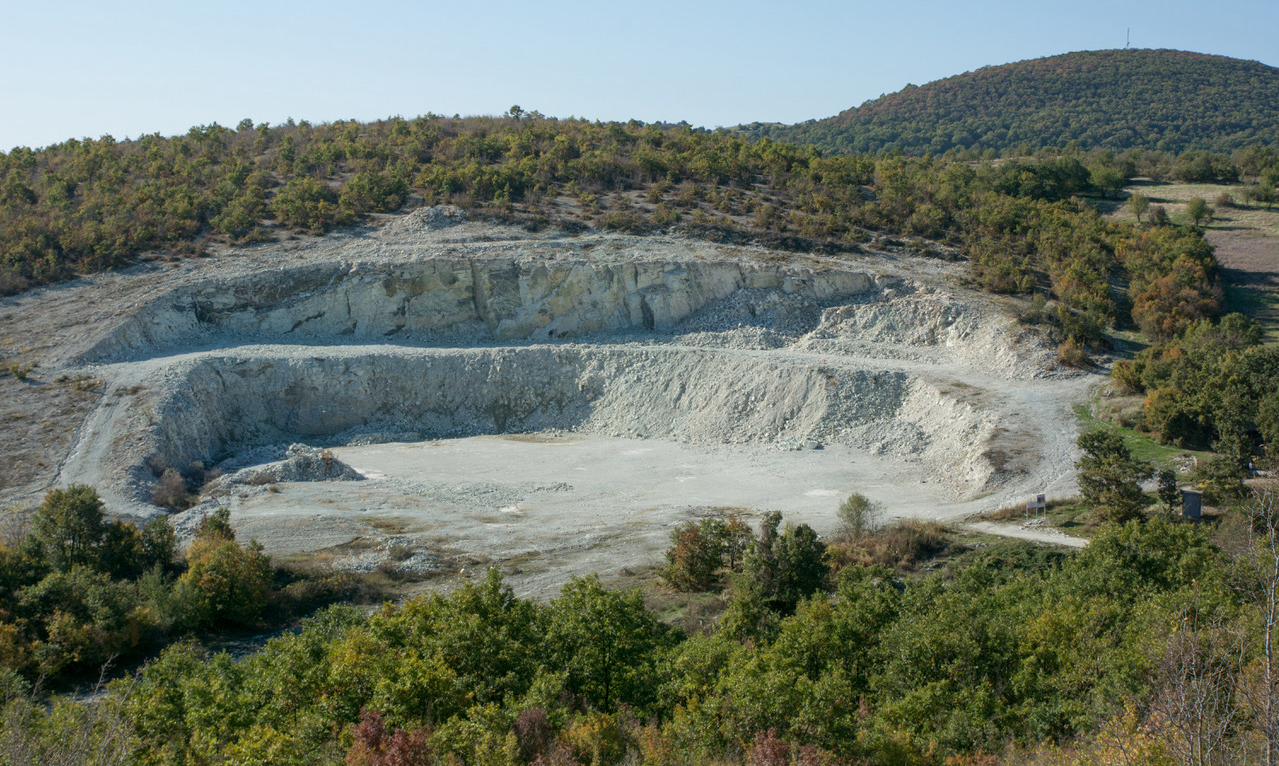The oldest healing, rejuvenating and beauty remedy of mankind
Hippocrates, Avicenna and Paracelsus already used zeolite successfully in medicine – as aluminosilicate (newly discovered in 1751 by the mineralogist Axel Fredrick von Cronstedt) or as the primordial mineral silicon dioxide. Silicon dioxide is considered to be mankind’s oldest healing, rejuvenating and beauty agent.
Nowadays, pollutants occupy many “docking sites” of molecules that are actually intended for various minerals or other endogenous molecules. Even with a sufficient supply of minerals, these cannot be used optimally in the metabolism. For this reason, many people suffer from a mineral deficiency – while at the same time there is an increased presence of pollutants and environmental toxins. With far-reaching consequences if this condition persists for a longer period of time. A sufficient supply of a broad spectrum of minerals (primal salts, Sango coral, etc.) makes sense, especially if pollutants and harmful substances that have occupied or blocked the “docking sites” are first removed from the body. Mother Nature has created clinoptilolite zeolite for this purpose.
Zeolite and Clinoptilolite
There are many zeolites, but only clinoptilolite (high proportion of silicon dioxide) has optimal conditions for the purification and detoxification of pollutants due to its structure and properties. Its porous structure with very many cavities and tubules provides an enormous increase in the active surface and exchange area. The cavities and tubules have a diameter of approx. 4-7 angstroms (0.4 – 0.7 nm), which is why “micro-porous” should be replaced by the word “nano-porous”. There is crystal water in these cavities and channels.
The fineness of the ingested zeolite powder particles plays a decisive role in terms of cation exchange capacity (CEC). The smaller the particle size, the more pollutants can be bound and excreted. Clinoptilolite has many other elements and mineral ions embedded in its structure besides silicon, such as potassium, magnesium, calcium and sodium, etc. When clinoptilolite binds pollutants, aluminium or “heavy metals”, the mineral ions that the body needs are selectively released in exchange (intelligent process). That is why this process is called ion exchange. The higher the silicon content and the smaller the particles in clinoptilolite (quality characteristics), the more silicon can be released to the body and used in the metabolism. The adsorption properties of the zeolite are responsible for binding and “holding” the pollutants in the tissues, interstitial space and intestines, which leads them out of the body.

Size comparison of zeolite powder particle sizes
6μm: Zeolith Pur —— 30μm: fine zeolite powder —— 60μm: normal zeolite powder
Zeolite: from quarry to finished product
In the quarry, the zeolite is crushed to grain sizes of 10 to 60mm, after which a vertical roller mill is often used, producing particle sizes of 30 to 160μm. Cone mills produce zeolite particles down to 5 to 10μm. In the case of the very good zeolite products with ultra-fine zeolite powders, the following steps are added: the spiral jet mill achieves a further reduction in size down to a few micrometres and simultaneous activation. Through a high-speed air jet, the zeolite particles collide with other particles and are crushed further and further until the desired final size is reached.
The 6 μm zeolite powder then ready for sale has a specific surface area of 400 to 600 m2/g and a cation exchange value of 200-210 meq per 100 g. The particle size is 6 µm on average. The entire spectrum of particle sizes ranges from 1 μm to 40 µm. Nanoparticles are not produced in this process because 1 micrometre is 1,000 nanometres – there are still a few zeros too many to get into the right nano range.

Important quality criteria for zeolite powder:
- Grinding in the air stream: particle sizes ~ 6 μm
- Cation exchange capacity (CEC): 150-200 meq/100 g very good
- Particle size: the range of particle sizes should be quantified / diagram
- Clinoptilolite content: the higher, the better, up to 95 % to 97 % possible
- Silicon content: in the range of 70 % is very good
- Silicon to aluminium ratio: 5:1 is good
The very small particle sizes of Zeolith Pur enormously increase the active surface and cation exchange area. This is about simple mathematics and the resulting effects in the body. For this reason, only a few grams of Zeolith Pur are sufficient to unfold such diverse and positive effects. In addition, the silicon dioxide particles in Zeolith Pur are energetically charged, so that the negative external charge is strengthened, and thus harmful substances can be bound even more effectively.
As a structuring element, silicon and silicon dioxide (SiO2) are absolutely necessary for the body, whereby the respective tasks, functions and quantity decide which compound is optimal as a silicon source. Genuine colloidal silicon is particularly bioavailable, can be used directly and quickly in the metabolism, but can only be taken in small quantities (10ppm = 10mg/litre)!
Which silicon compound for which function?
- Zeolite powder: For binding and eliminating harmful substances, and for ion exchange (to supply minerals to the body).
- Silicon dioxide: Bulk element for structure formation, binding and elimination of pollutants, ion exchange, as an energy transformer (piezoelectric and photoelectric properties) and transmutation of unnatural vibrational patterns into natural and restorative vibrational patterns (cell and body water, cell communication)
- Colloidal silicon: Immediately bioavailable silicon with particle sizes of 1 to 20 nm for silicon metabolism / catalyst, not suitable as a bulk element
- Go to part 3: Silicon: A true multi-talent and master-element
- Back to part 1: Silicon: More important for the body than previously known
- Back to part 2: Zeolite for cleansing and detoxification: The finer, the more effective
Which silicon compound for which function?
-
Colloidal silicon: Immediately bioavailable silicon with particle sizes of 1 to 20 nm for silicon metabolism and as a catalyst for elementary metabolic processes
-
Zeolite powder: For binding and eliminating harmful substances, for ion exchange (to supply minerals to the body) and for the supply of colloidal silicon dioxide
-
Silicon dioxide: Quantitative element for structure formation, binding and excretion of pollutants (especially aluminium), as an energy transformer (piezo- and photoelectric properties) as well as transmutation of unnatural vibration patterns into natural and constructive vibration patterns (cell and body water, cell communication)
Basics, functions and applications of zeolite:
This video is also available with subtitles as a text version on YouTube.

